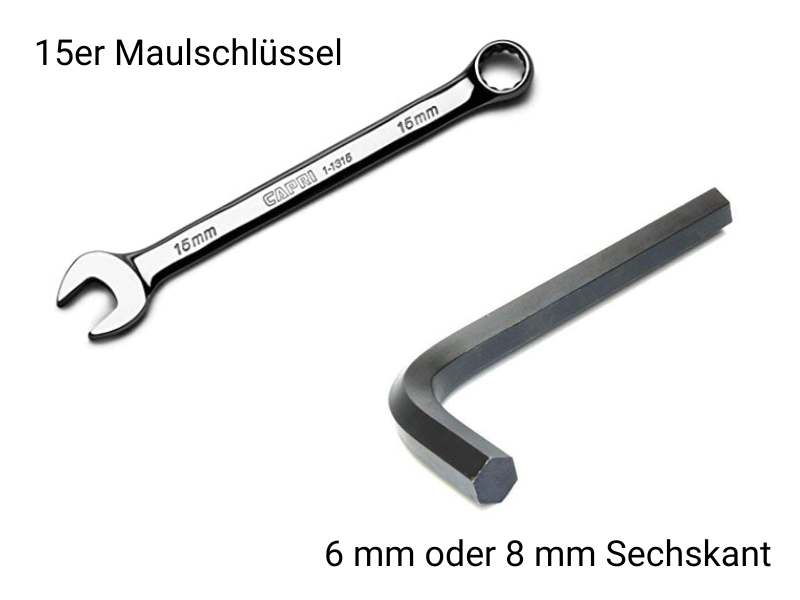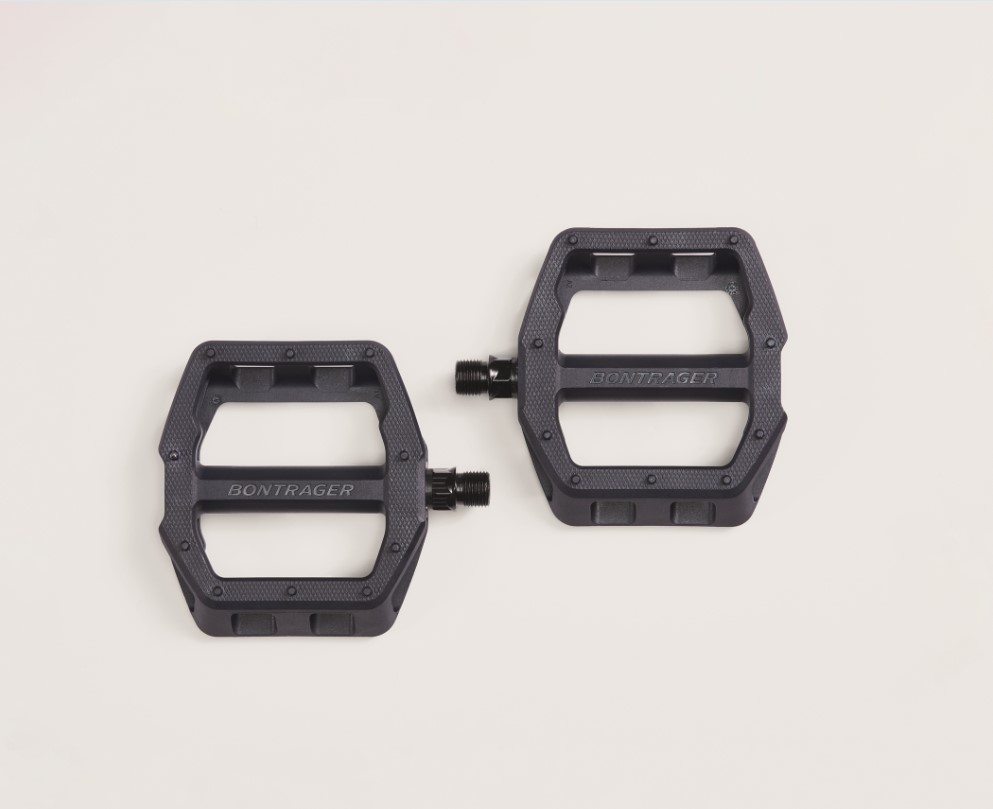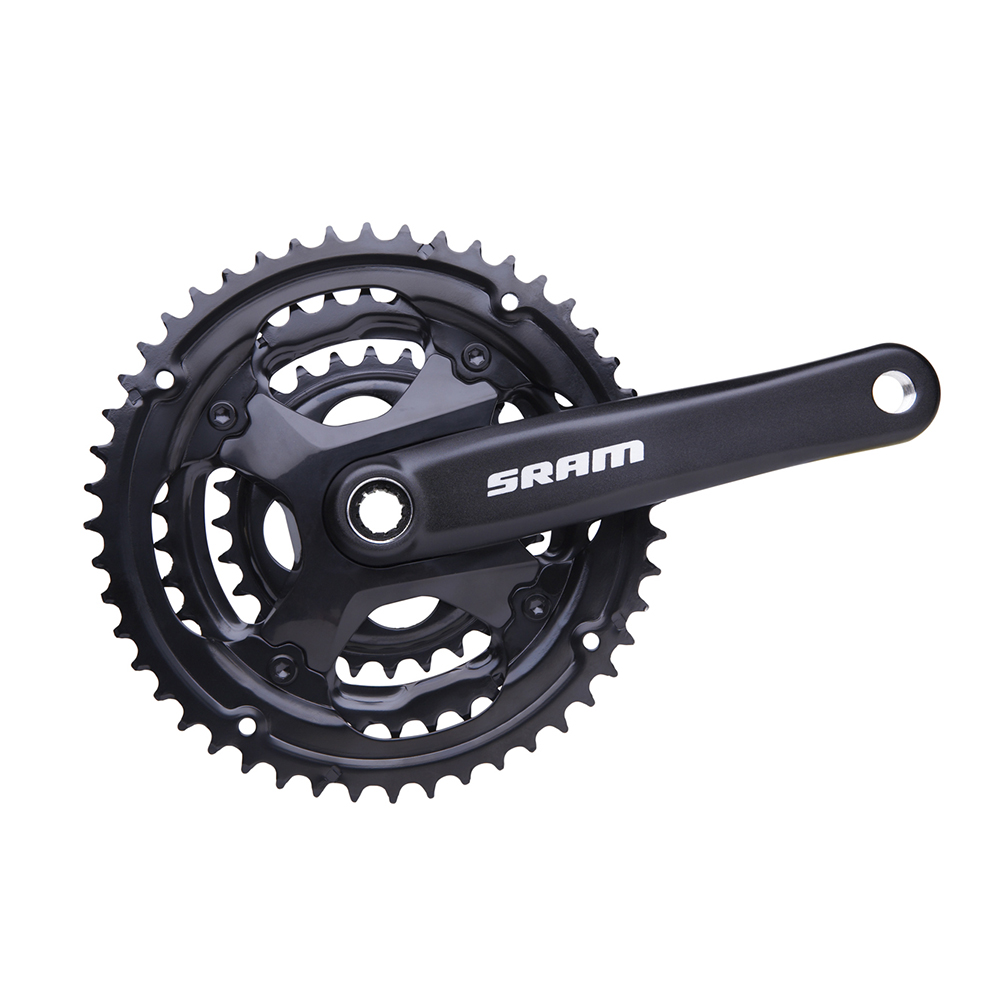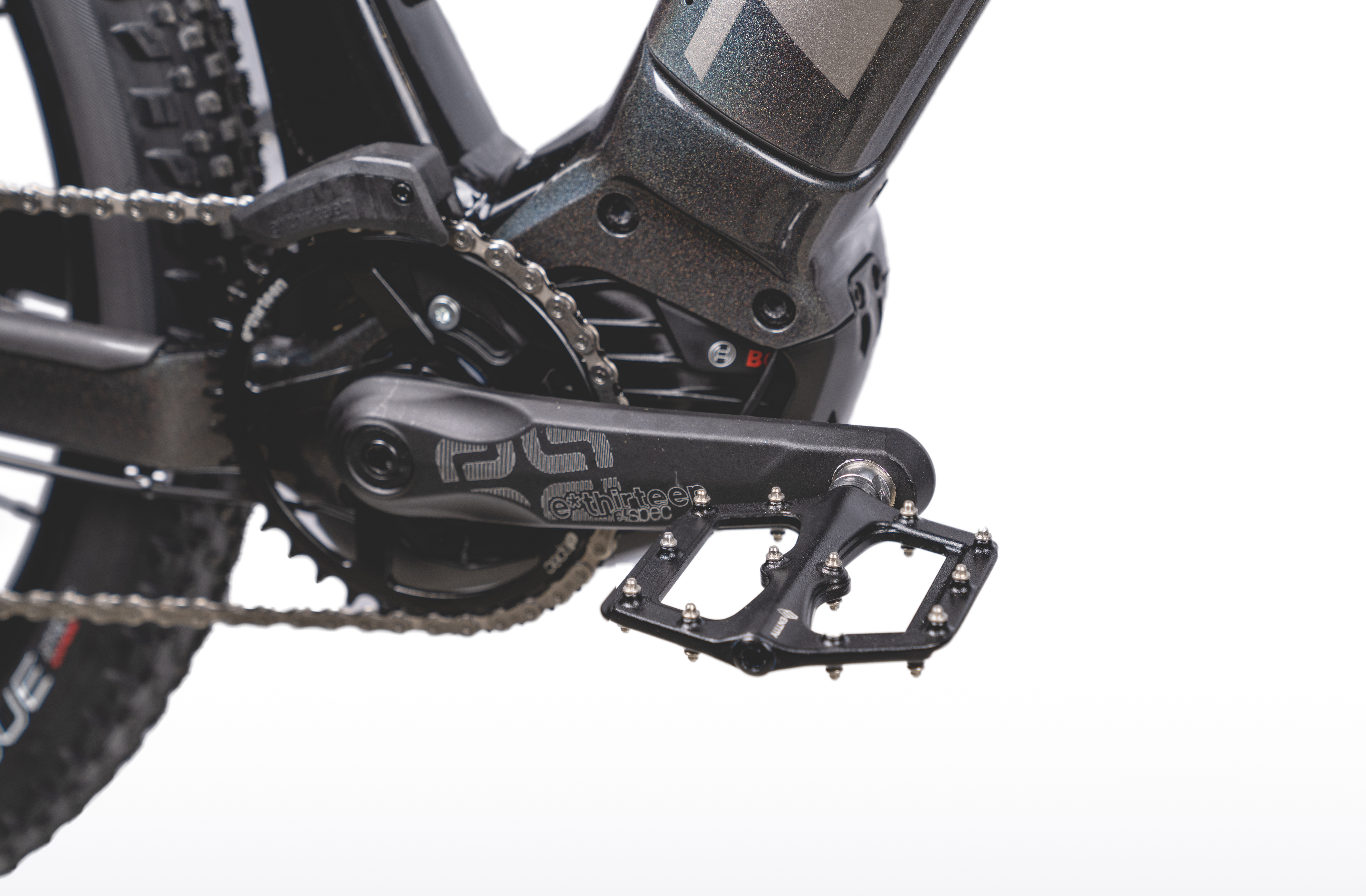Installing bike pedals guide

How to install bike pedals correctly
Depending on wich pedals you have you will either need a 15 mm wrench or a 6 mm or 8 mm allen key. Most of the entry level pedals require a wrench and more expensive pedals an allen key.


1. Identify the left and right pedals
It's really important to ensure you're installing your pedals the right way around as they are manufactured with oppsing threads. This makes sure that they don't loosen during riding but also means that you could damage them beyond repair if you're trying to force the wrong pedal into the wrong crank. To give you a hand most pedals are marked with an R and an L, this is always in the direction of travel.
2. Clean and grease
Clean your crank and pedal threads with a cloth to remove dirt and old grease to prevent wear and tear. Grease all threads lightly to ensure that you'll be able to remove the pedals again at a later date. If you don't grease your pedals you'll find them difficult to remove later.


3. Install pedals
First, screw in the pedal by hand to make sure you've got the right one. There should be very little resistance and no feeling of the threads catching. If something doesn't feel right, stop and check you've got the correct pedal. If it screws in easy apply your wrench or allen key from the opposite side to the inside of the crank and start turning your pedal towards your front wheel. If everything feels good, you can tighten the pedal. As usual, make you stick to the Nm suggestion on your components.
